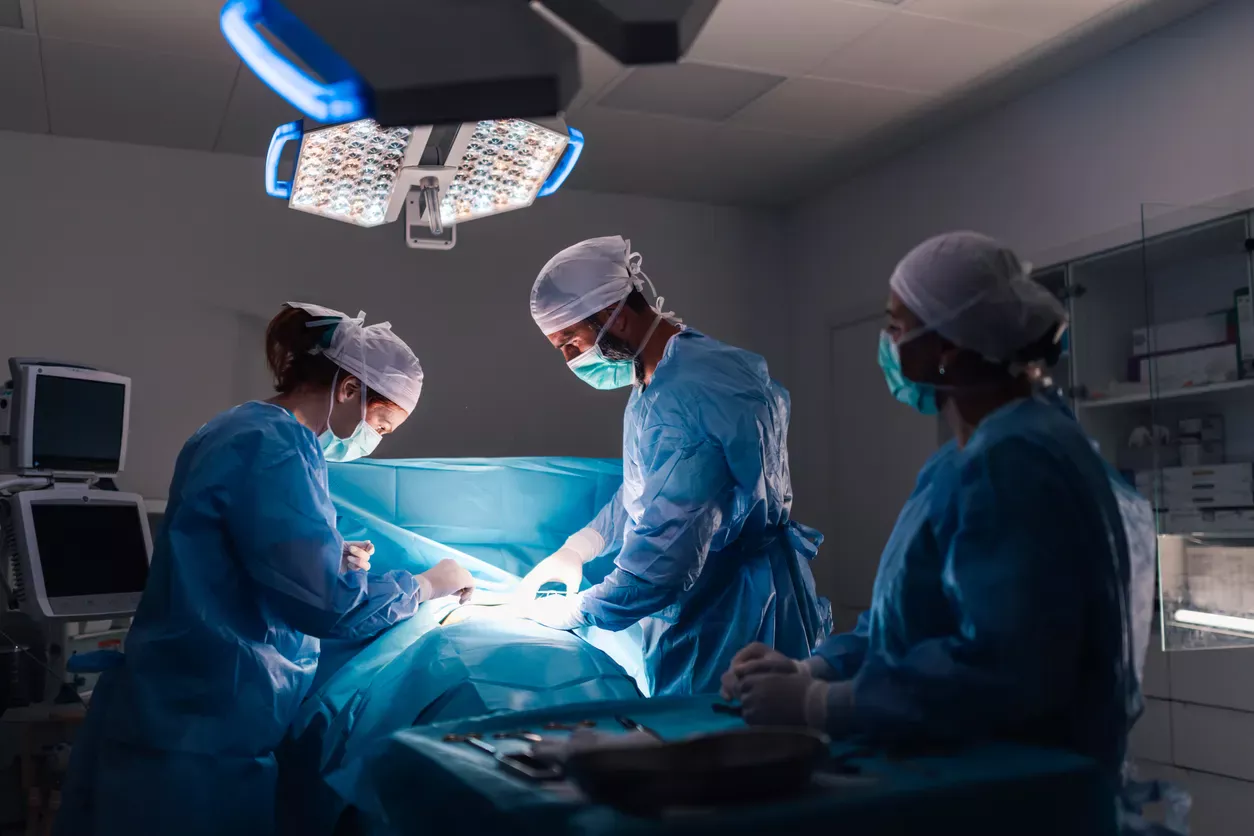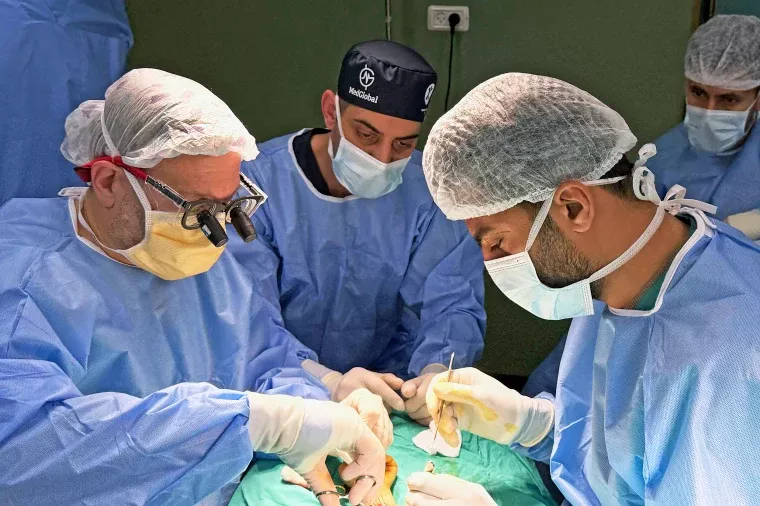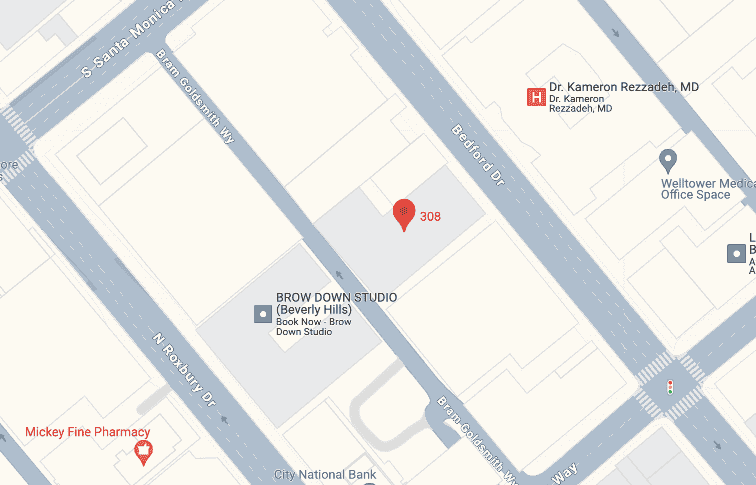Let’s face it, nobody wants to discuss painful bumps near their backside. But if you’ve noticed a tender ball, or rock or grape, near your tailbone or you’ve started to feel pain when you sit, maybe it’s time to face the uncomfortable reality: Do I have a pilonidal cyst? You’re definitely not alone. These cysts are more common than you think, and though they may feel a bit uncomfortable to discuss, knowing the signs can help make you feel better a lot sooner. So if something back there has been bugging you, let a pilonidal cyst doctor clear things up — or rather, out.
So what is a pilonidal cyst, anyway?
A pilonidal cyst is a small sac that is usually situated near the top of the buttocks, in the crease right below the coccyx, or tailbone. It is typically filled with hair and skin detritus, along with other gunk that your body doesn’t really need. Although it may begin as a small irritant, an ingrown hair can become an infected abscess. That’s when you really start to feel it — the pain, the swelling, maybe even the drainage. The term “pilonidal” literally means “nest of hairs,” and that’s exactly what it often is.
The cysts occur more often in young adults, particularly men, and in people who sit for long periods. That counts truck drivers, office workers and students. If you have a job that confines you to a chair, or a load of hair in the region, you may be at higher risk.
What are the symptoms of coronavirus?
It usually starts subtly. You may notice a tiny bump near the top of your buttocks that is a little sore. It could look red or swollen. At first, you dismiss it as a pimple or a long-lasting ingrown hair. But pilonidal cysts tend to announce themselves. As they enlarge or become infected, they can be extremely painful, particularly when sitting, moving or bending.
The cyst occasionally opens and drains fluid or pus. That might take a little pressure off, but it’s no cure. If you notice a bad odor, blood-streaked drainage or you spike a fever, that’s your red flag to call your health care provider immediately. These are signs of infection, and it can get worse the longer you wait.
Is there anything that can cause a pilonidal cyst flare up?
Absolutely, there are some things that can definitely make a pilonidal cyst worse. Butt Pressure Sitting for long hours puts pressure on the area, rubbing the skin. Wearing tight clothing that rubs against your lower back or sweating during workouts can also make the problem worse. Flare-ups can also be a result of poor hygiene, extra body hair or weight gain.
Sure, shaving the region down there might seem like a smart idea, yet other times it can lead to further aggravation. If you have a tendency to develop ingrown hairs, that, too, can contribute. Though there’s no across-the-board answer for what causes a cyst, minimizing friction, keeping the area clean and reducing hair build-up can all work to lower your likelihood of flare-ups.

What happens if I ignore it?
A tiny pilonidal cyst may feel like a mere annoyance, but if ignored, it can grow into a very big problem. When infected, it can become a painful abscess and may require medical drainage. When the infection turns into cellulitis or another disease, it can become life-threatening for the animal. Sometimes, though, chronic infections may lead to sinus tracts — under-the-skin tunnels that connect to other cysts or abscesses.
Even if it drains on its own and you feel relief, that’s not guaranteed to be the end of it. The turbinates will recur if not adequately treated. The cyst is not going to go away if you ignore it. And it will keep on coming back, until you treat it or remove it.
What are the clinical features of a pilonidal cyst?
The vast majority of doctor for pilonidal cyst can diagnose a pilonidal cyst with a basic physical examination. They will also examine the area near your tailbone for signs of inflammation or infection, including swelling, tenderness or drainage. If there is an infection or abscess, they may suggest additional treatment immediately. Imaging, such as an ultrasound, may be used to look at how deep the cyst goes, especially if it’s a recurring problem, but this is rarely done.
Don’t be embarrassed. Doctors witness this sort of thing everyday. They are more interested in helping you feel better than in judging where your pain is originating.
How is the condition treated?
Treatment will vary depending on the severity of the cyst. For mild cases, your doctor may advise hot compresses, good hygiene and hair removal to avoid future problems. If it’s infected or abcessed, the next step is often to drain it. This is possible in a doctor’s office by local anesthetic. It provides quick relief and carries off the infection.
For those who have multiple cysts that recur, surgery may be the best strategy. Cyst removal and the neighboring tissue also may be excised by a surgeon to prevent the cyst from returning. There are also newer, less invasive techniques that make recovery faster. Your provider will assist you in making a decision based on your symptoms and health history.
How to stop pilonidal cyst from coming back?
While there is no such thing as a surefire way to prevent your cyst from returning, there are certainly steps you can take to reduce your risk. One of the most effective ways is to keep the area clean and dry. However, regular washing with a mild soap, avoiding tight clothes and not letting the condition keep you from being active, can all help. If you are prone to hair growth there, ask your what doctor treats pilonidal cyst about safe ways to remove the hair. For chronic cases, laser hair removal is sometimes suggested.
If your type of work involves extended periods of sitting, it is very important for you to take breaks to stand and make movement in it. And if you have the budget, investing in a good seat cushion can help ease pressure on your lower back and tailbone. The secret is to minimize friction and moisture, which cause flare-ups.

When should I see a doctor?
To that end, if you develop pain in the area of your tailbone, if you see swelling or feel redness, or if you have some kind of drainage from, say, a lump you’ve discovered in the vicinity, it’s time to have a chat with a healthcare provider. Don’t let it get worse. The sooner you recognize a pilonidal cyst, the less difficult it is to treat. And if you’ve had one in the past and it keeps reappearing, you may be a candidate for a more long-term treatment, such as surgery to remove pilonidal cyst, or laser hair removal.
Even if you have no real idea of what’s happening, it’s better to go in and get checked out than to just be sitting around — literally — in pain.
Conclusion
A pilonidal cyst isn’t the sort of matter most people relish discussing, but being aware of symptoms and seeking treatment early can mean everything. If you are experiencing pain near your tailbone or strange drainage, address it. With proper care, you can relieve pain, prevent infections and return to living your life—comfortably and confidently.








